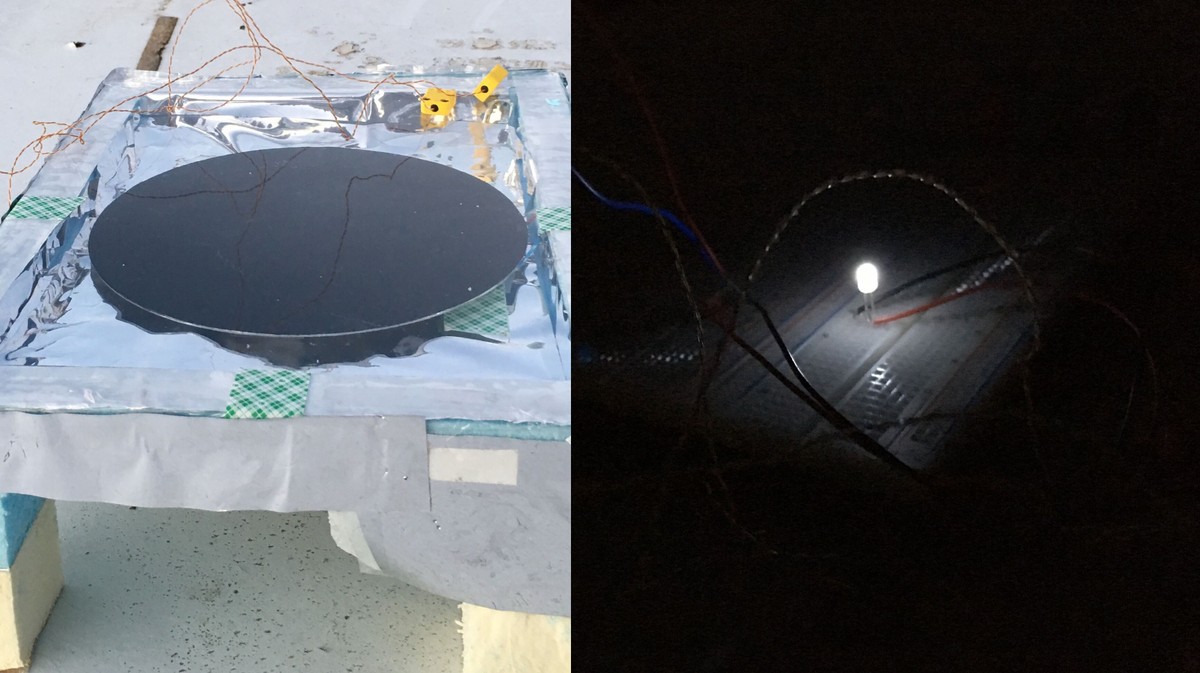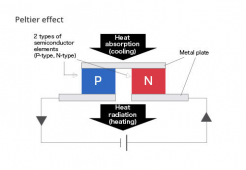32 volt boater
Solar Enthusiast
- Joined
- Aug 7, 2022
- Messages
- 427
As described in a paper published on Thursday in the journal Joule, the device is based off of a thermoelectric generator that creates electricity from the difference in temperature between a "hot side" and a "cold side." The researchers—UCLA scientist Aaswath Raman, and Stanford scientists Wei Li and Shanhui Fan—decided to take this idea one step further and use the ambient environment of Earth as a heat source and the cold of outer space as one gigantic cold sink.

 www.vice.com
www.vice.com
Wanted this in General discussion, oh well.

This $30 Device Turns the Cold of Outer Space Into Renewable Energy
“It literally is generating visible light out of the darkness of the sky. This is not even paraphrasing, this is exactly what it is."
Wanted this in General discussion, oh well.






